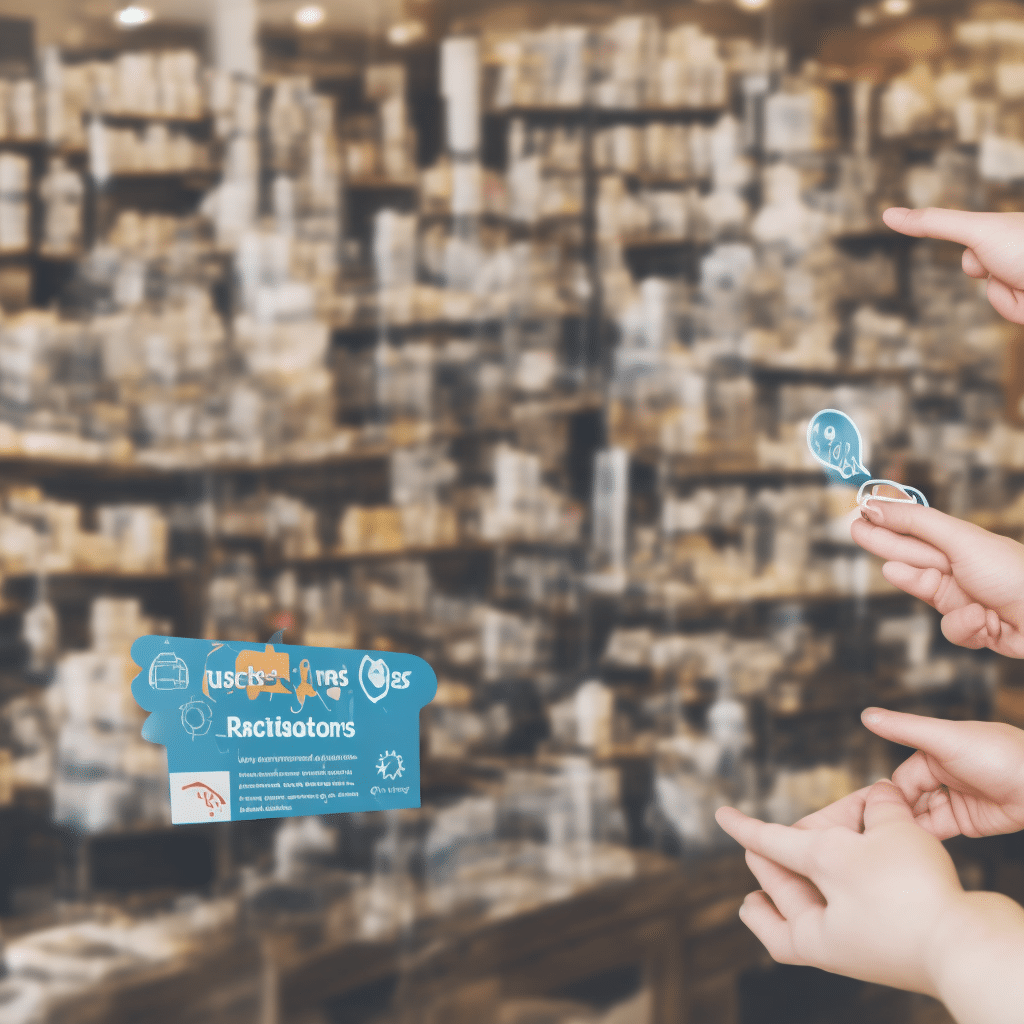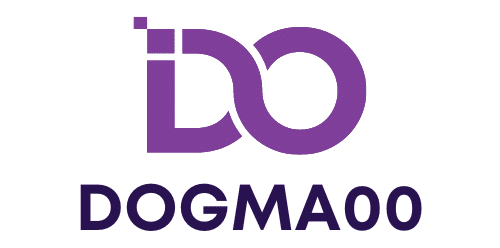What Are the Innovative Approaches to Customer Loyalty Programs for Small Businesses?

In the era of extreme competition, creating a unique customer experience and evoking loyalty is the new battleground for businesses. One of the most effective tools to win this battle is the deployment of a customer loyalty program. For small enterprises, it is even more crucial as they are in a constant race for survival and growth. In this article, we are going to delve into the innovative approaches to customer loyalty programs specifically designed for small businesses.
Loyalty Programs Powered by Technology
The advent of technology has drastically changed the way businesses operate, including how they engage with customers. No longer are businesses restricted by paper-based punch cards or plastic membership cards. Today, technology-powered loyalty programs are the buzzword in the market.
Avez-vous vu cela : How Can Small Businesses Enhance Their E-commerce Platforms for Mobile Users?
Loyalty programs today can be as simple as a mobile app, where customers earn points or rewards every time they make a purchase. Or they can be more complex, incorporating elements of gamification, personalized recommendations, and social media integration.
One such innovative approach is the use of AI and big data. AI and big data analytics can crunch enormous amounts of customer data and provide insights into their behavior, preferences, and buying patterns. This information can be used to design personalized loyalty programs that resonate with the customers.
Avez-vous vu cela : What Are the Best Practices for Small Businesses to Secure Intellectual Property?
Another innovative technological approach is the use of blockchain technology. Blockchain can make loyalty programs more secure, transparent, and easy to manage. It can also help in creating a universal loyalty program where customers can earn and redeem points across multiple businesses, thereby increasing the appeal of the program.
Tailoring Loyalty Programs to Customer Preferences
Understanding customer preferences and tailoring the loyalty program accordingly can significantly enhance its effectiveness. This involves active listening to customer feedback and using it to shape the loyalty program.
One approach could be to offer tiered rewards where customers can advance to higher levels by increasing their engagement or spending. This provides a sense of achievement and encourages them to remain loyal.
Another approach could be to offer experiential rewards, rather than just discounts or cashbacks. Experiences resonate more with customers and create lasting memories. It could be something like access to an exclusive event, a masterclass, or a unique dining experience. The possibilities are endless!
Collaborative Loyalty Programs
Another innovative approach is establishing collaborations with other businesses to offer an expanded rewards program. This offers customers more options to earn and redeem their points, thereby increasing the appeal of the program.
For example, a small coffee shop could partner with a local bookstore. Customers could earn points for every coffee they buy and redeem these points at the bookstore and vice versa. This type of collaborative program not only enhances customer loyalty but also fosters a sense of community and supports local businesses.
Loyalty Programs with a Social Cause
In today’s world, customers increasingly prefer businesses that are conscious about their social responsibility. Incorporating a social cause into the loyalty program could be a very effective approach.
A business could, for example, offer customers the option to donate their reward points to a charity of their choice. Or, for every purchase made, the business could contribute a certain amount to a social cause. This not only enhances customer loyalty but also helps in building a positive brand image.
Offering Loyalty Programs Beyond the Purchase
Traditionally, loyalty programs revolve around purchases. However, an innovative approach is to offer rewards for actions beyond purchases. This could include activities like referring a friend, writing a product review, sharing a post on social media, participating in a survey, etc.
By rewarding these actions, businesses can encourage more customer engagement, leading to stronger customer loyalty. Moreover, it also helps in creating customer advocates who can bring in new potential customers.
In conclusion, there are numerous innovative approaches to customer loyalty programs that small businesses can adopt. The key is to understand the customers, be creative, and continuously adapt and evolve with the changing customer expectations and market trends.
Leveraging Social Media for Loyalty Programs
As we live in a digital age, the role of social media in business strategies cannot be ignored. Today, a significant chunk of customers are active on various social media platforms, making them an excellent channel to engage customers and foster loyalty.
Social media platforms can be leveraged in various ways for loyalty programs. For instance, businesses can create a hashtag related to their loyalty program and encourage customers to use it for their posts. This not only promotes the program but also enhances brand visibility.
Additionally, small businesses can use social media to offer exclusive discounts or perks to customers who follow their page, share their posts, or engage with their content. This approach incentivizes social media engagement, which can significantly enhance brand loyalty and customer retention.
Gamification is another innovative approach that can be integrated with social media. Businesses can organize contests or quizzes related to their products or services and reward the winners with points or rewards. This approach can generate a lot of buzz on social media, thereby attracting more customers to the loyalty program.
Another advantage of social media is that it provides an excellent platform for customers to share their feedback, opinions, and suggestions. Businesses can utilize this feedback to continually improve and tailor their loyalty programs, thereby ensuring they remain appealing to the customers.
The Use of Customer Segmentation in Loyalty Programs
Customer segmentation involves dividing the customer base into distinct groups based on certain characteristics such as demographics, buying behavior, preferences, etc. This allows businesses to target each group with tailored loyalty programs, thereby enhancing the effectiveness of the program.
For instance, a small business selling fitness products could segment its customers based on their fitness level or goals. They could then offer tailored rewards such as free personal training sessions for those in the high-intensity group, and free nutrition consultation for those in the weight loss group.
Furthermore, segmentation allows businesses to identify high-value customers and ensure they receive special treatment. This could involve offering them exclusive rewards, early access to new products, or personalized services. This can significantly enhance customer satisfaction and loyalty among this group, thereby ensuring a steady revenue stream for the business.
Segmentation also allows businesses to identify and target customers who are at risk of churn. By offering them special incentives or addressing their concerns, businesses can potentially convert them into loyal customers.
In conclusion, leveraging social media and customer segmentation are two innovative approaches that small businesses can use to enhance their customer loyalty programs. These strategies not only help in attracting and retaining customers but also in creating a positive brand image, fostering a sense of community, and driving business growth. As with any business strategy, it is crucial to continually monitor the performance of these initiatives, gather feedback, and make necessary adjustments to ensure they remain effective and relevant.
